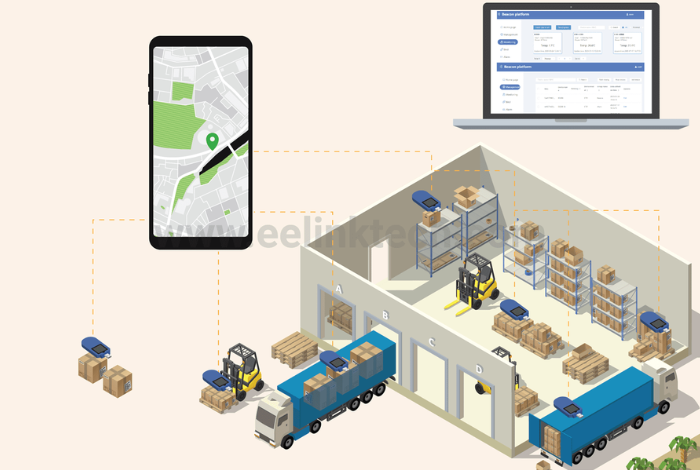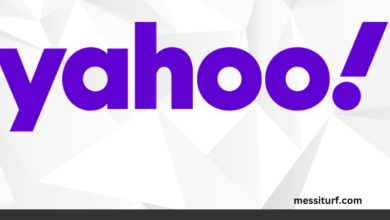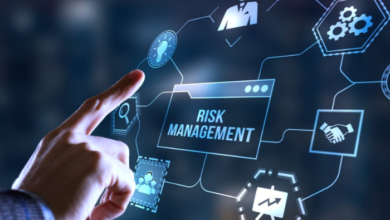Exploring the Internet of Things: Connecting the Physical and Digital Worlds

The internet is an ever-changing landscape of technology and innovation. With the rising popularity of the Internet of Things (IoT), it is becoming increasingly important to understand the implications of this new technology. This blog will define the Internet of Things, discuss its advantages and potential challenges, and provide insights into its potential implications.
Definition of the Internet of Things
The Internet of Things (IoT) is a term used to describe the connection of physical objects to the Internet. It is a network of physical objects, such as machines, sensors, and devices, that are connected to each other through the Internet. These objects can communicate, collect, and exchange data among themselves and with other connected objects. The objects don’t necessarily have to be in the same physical location; they can be connected over long distances.
The IoT is made up of three main components: hardware, software, and connectivity. The hardware includes devices such as computers, sensors, and other physical objects. The software includes the applications and programs that allow the devices to communicate with each other. The connectivity includes the wireless communication technology that allows the devices to communicate with each other.
The IoT is used for a variety of different applications, such as home automation, smart cities, connected cars, and more. The potential for the Internet of Things to revolutionize the way we live is vast.
Advantages of the Internet of Things
The IoT has numerous advantages. One of the biggest advantages is the ability to collect data from different sources. With the help of sensors and devices, the IoT can collect data from multiple sources and combine it to create a more comprehensive view of a situation. This data can then be used to make better decisions and improve efficiency.
The IoT also has the potential to reduce costs. By connecting multiple devices to the same network, companies can save money on resources and improve efficiency. Additionally, the IoT can also help to reduce energy consumption by connecting devices to the same network and allowing them to communicate with each other.
The IoT can also be used to improve safety and security. By connecting multiple devices to the same network, it is possible to monitor and detect security threats in real-time. This can help to reduce the risk of cyberattacks and other security threats.
Challenges of the Internet of Things
Despite its numerous advantages, the IoT also has some potential challenges. One of the biggest challenges is data security. The IoT is made up of numerous devices all connected to the same network, which makes it vulnerable to cyberattacks and data breaches. As such, it is important to ensure that the security protocols in place are up-to-date and secure.
Another challenge is privacy. As the IoT collects data from multiple sources, it is important to ensure that the data is being used responsibly and ethically. Additionally, it is important to ensure that the data is not being used for malicious purposes.
Finally, the IoT is still a relatively new technology, and it is important to ensure that the technology is being implemented responsibly and safely. This means that companies should be aware of the potential risks and take the necessary steps to ensure the safety and security of their networks.
Conclusion
The Internet of Things is a rapidly emerging technology with the potential to revolutionize the way we live. It has numerous advantages, such as the ability to collect data from multiple sources, reduce costs, and improve safety and security. However, it also has potential challenges, such as data security and privacy. As such, it is important to ensure that the technology is being implemented responsibly and safely. With the right security protocols and responsible implementation, the IoT can be a powerful tool for businesses and individuals alike.



